Paleontologists discovered the fat on the body of the fish lizard 180 million years ago
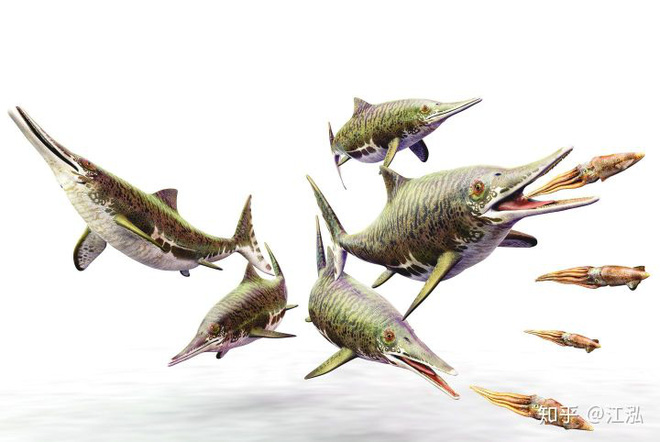
Stenopterygius is an extinct genus of the ichthyizard thunnizard known from Europe. This ichthyizard grows to a maximum length of 4 meters.

Dolphins are mammals living in the ocean and waterways are closely related to whales. There are nearly 40 species of dolphins belonging to 17 genera living in the oceans, the remainder living in some rivers in the world. The size of dolphins can range from 1.2 m and 40 kg, up to 9.5 m and 10 tons.
Narrow-winged lizard - Stenopterygius lived 189 to 175 million years ago, early Jurassic, when people looked at their restorative images, people would mistakenly think that this is a dolphin because they have a shape similarly, like slender snout, rounded body, triangular dorsal fin, followed by well developed, caudal fin.
Although similar in appearance, the fish lizard belongs to the reptile and the dolphin belongs to the mammal, and they look like the result of evolutionary convergence.

Holzmaden is located in southern Germany.

Children dig fossils in Holzmaden.
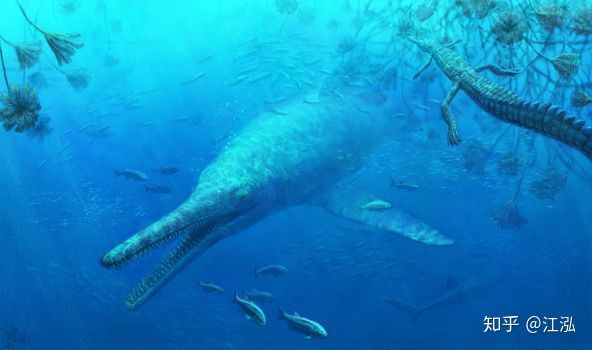
Holzmaden 180 million years ago was a sea area, and that is also why there exists fossils of many prehistoric marine creatures.
Prehistoric Stenopterygius fish lizards lived throughout Western Europe, but the most sought after fossils were in Holzmaden, Germany.
Because of the discovery of fossils of marine life, we know that during the Jurassic period, millions of years ago, Holzmaden, located in southern Germany today, turned out to be an ocean. Tropic.
The fossils of narrow-winged lizard fish discovered in Holzmaden are famous for their delicate beauty, which not only preserves the complete skeleton but also traces of soft tissue, allowing us to see the outline of the fin. dorsal and caudal fins. The conservation of soft tissues plays an important role in more accurately restoring the appearance of this fish lizard.
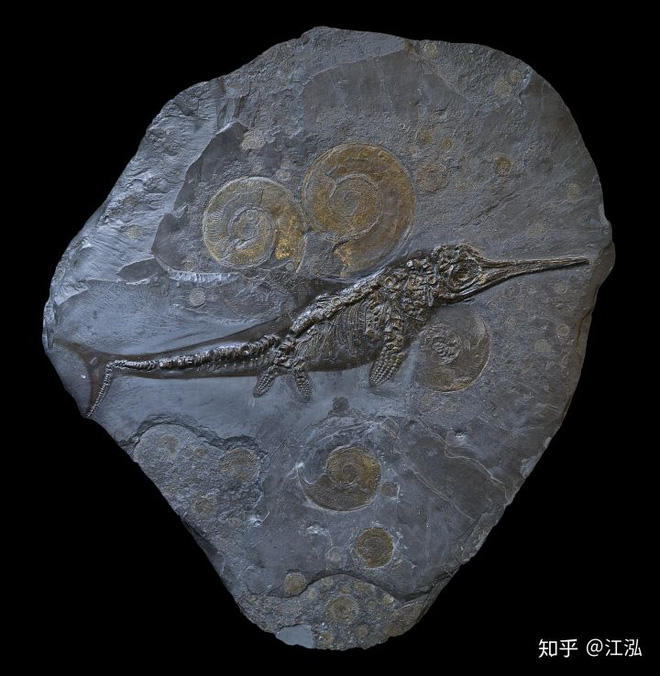
Narrow-winged lizard fish fossils have been found with the fossils of a conch.
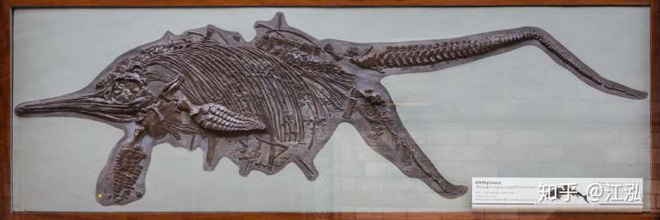
The fossilized specimen of the most narrow narrow fish lizard ever discovered.
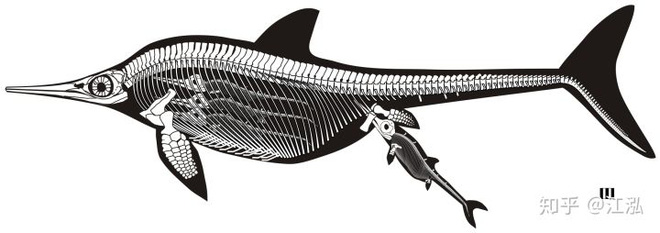
The drawing restores the skeletal system of the narrow-winged lizard fish.
In addition to preserving the soft tissue structure of narrow-winged lizard fish, the fossil also revealed the mystery of its reproduction. Paleontologists found the remains of a narrow narrow winged lizard in the body of the mother Stenopterygius. Initially, the researchers thought that the adult Stenopterygius would be inclined to eat small Stenopterygius so fossil samples often detect traces of the inner juveniles, but we do not know if it will. True or not until the fossil sample was discovered. As it turns out, the narrow-winged lizard fish and the whole lizard family are born from the ovule, which is a manifestation of their high adaptation to marine life.
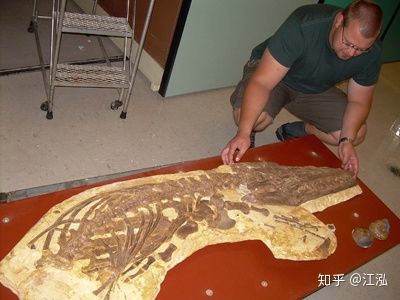
Johan Lindgren, a paleontologist at Lund University in Sweden, is an expert at studying marine reptiles in Mesozoic. He found that in many fossilized fish lizard species, there is always a space between the bones and the epidermis outside the muscles, which exist in large areas of soft tissue.
With the advancement of technology, especially the ability to test the composition of specific chemicals in fossils, Lindgren decided to study a fish lizard fossil that still preserves the soft tissue structure to find So what is that gap?
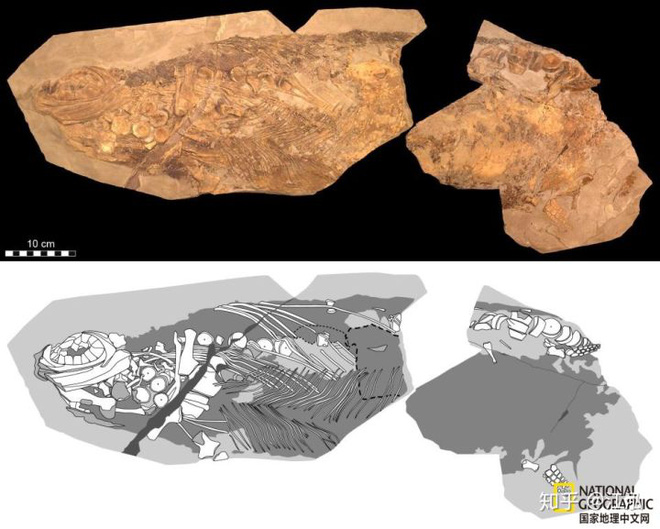
Lindgren decided to go to the Urwelt-Museum Hauff Museum in Holzmaden, where there are many complete fossils of fish lizards. After searching through the fossils in the museum, he decided to choose fossil samples of the fish lizard code MH 432. As soon as the news came out, 23 scientists from around the world Lindgren's decision to join the research team. They want to learn the secrets of fish lizard fossils.
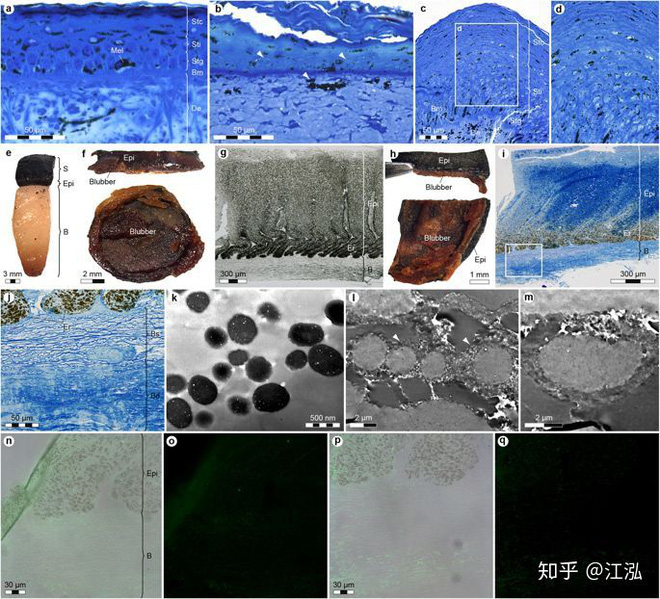
In fossil research, paleontologists found that there was subcutaneous tissue in the skin's residue, which was a layer of yellow fat. To further confirm, paleontologists compared subcutaneous tissue with today's dolphins and skin turtles and found that the structure was the same, suggesting that narrow-winged lizard fish have fat layers. The function of the grease layer is to retain heat, store energy and increase buoyancy. This "fat" layer from 180 million years ago proves that the narrow-winged lizard fish is a hot-blooded animal like the whales in the ocean today!
Although the shape of the Stenopterygius has been restored to a very precise level from before, their colors so far have been entirely speculative. Stenopterygius's fossils study not only found subcutaneous fat, but also melanocytes, which allowed scientists to determine their outer color.
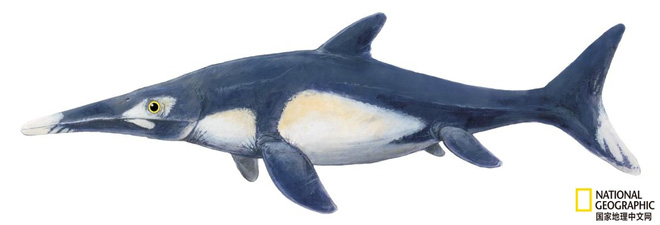
Studies have shown that the body color distribution of narrow-winged lizards is similar to today's marine life, with darker dorsal and lighter pigmented abdominals. This body color distribution is not only convenient for hiding the body but also helps them to adjust body temperature more easily.

You should read it
- Scientists discover what's left of the oldest Antarctic creature
- Prehistoric home builders living through the Ice Age from the bones of giant beasts became extinct?
- India first discovered fossils of fish lizards
- Decipher the mystery of the extinction that destroyed 96% of marine life
- Discover the longest giant marine species ever recorded
- Human ancestors caused the extinction of animals 4 million years ago
- 11 paintings that reflect the negative issues of modern life
- The 'dead zone' on the ocean threatens the life and ecosystem of many seas
May be interested
- Suddenly discovered a completely new species in the dung pile more than 200 million years ago!
 after studying the faeces fossils left by reptiles 230 million years ago using three-dimensional x-ray methods, an entirely new species has appeared before humans.
after studying the faeces fossils left by reptiles 230 million years ago using three-dimensional x-ray methods, an entirely new species has appeared before humans. - The oldest orchid fossil dated 45-55 million years old was discovered
 scientists have discovered a new flower fossil estimated to date from 45-55 million years and possibly the oldest flower fossil in the world.
scientists have discovered a new flower fossil estimated to date from 45-55 million years and possibly the oldest flower fossil in the world. - How do paleontologists calculate the weight of a dinosaur?
 the one thing many people always wonder is that we only found fossils of dinosaurs, but paleontologists have always been able to calculate their weight, so how did they do that? ?
the one thing many people always wonder is that we only found fossils of dinosaurs, but paleontologists have always been able to calculate their weight, so how did they do that? ? - The most bizarre creatures are found by scientists under the sea floor of Australia
 researchers at the victory museum call the species a small mouth, its body resembles a jellyfish, but there is no such presence as the peanut worm.
researchers at the victory museum call the species a small mouth, its body resembles a jellyfish, but there is no such presence as the peanut worm. - The second time the ancient fossil '3 in 1' was discovered
 the fossil kept intact the history of a prehistoric war: a small insect inside the lizard, and the lizard was in the belly of a snake.
the fossil kept intact the history of a prehistoric war: a small insect inside the lizard, and the lizard was in the belly of a snake. - 5 parts of new scientific world discovered in human body
 in recent times, scientists have discovered 5 new parts of the human body, bringing the total number of parts to 79. learn about these 5 parts to see if they have an important role to play. please
in recent times, scientists have discovered 5 new parts of the human body, bringing the total number of parts to 79. learn about these 5 parts to see if they have an important role to play. please - 8 animals can perfectly regrow lost body parts
 for some types of animals below, the 'unfortunate' loss of a certain part of the body is just an accident that causes temporary pain.
for some types of animals below, the 'unfortunate' loss of a certain part of the body is just an accident that causes temporary pain. - Good fish oil, Uses and How to drink
 fish oil has long been known for its health effects such as eye tonic, good for the nervous system, memory enhancement, concentration, good for the heart, relieving stress, anxiety, good for skin ... so good fish oil, how to drink omega 3 fish oil effectively?
fish oil has long been known for its health effects such as eye tonic, good for the nervous system, memory enhancement, concentration, good for the heart, relieving stress, anxiety, good for skin ... so good fish oil, how to drink omega 3 fish oil effectively? - 11 fastest swimming fish in the world
 the following fish species with slim body and special skin structure, have amazingly fast swimming speed.
the following fish species with slim body and special skin structure, have amazingly fast swimming speed. - India first discovered fossils of fish lizards
 for the first time, scientists said, the skeleton of ichthyosaur fossil - a species of marine reptile living with dinosaurs was discovered in india.
for the first time, scientists said, the skeleton of ichthyosaur fossil - a species of marine reptile living with dinosaurs was discovered in india.










 Alcoholic anti-virus like?
Alcoholic anti-virus like? Interesting things about the eggs of animals
Interesting things about the eggs of animals 11 interesting photos that explain the questions about the world around us
11 interesting photos that explain the questions about the world around us Why are humans susceptible to animal diseases?
Why are humans susceptible to animal diseases? Why is the sky blue and not any other color?
Why is the sky blue and not any other color? Is gold edible? Is gold inlaid food good?
Is gold edible? Is gold inlaid food good?